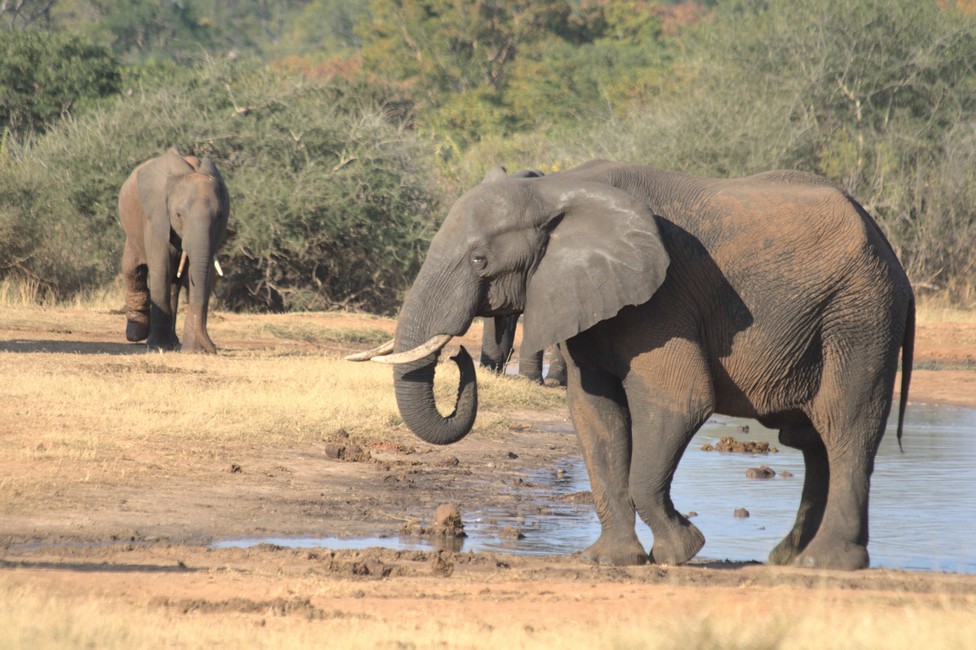Hwange National Park is a renowned national park located in the western part of Zimbabwe, in southern Africa. It is the country’s largest and oldest national park, covering an area of approximately 14,650 square kilometers (5,656 square miles). The park was established in 1928 and was originally named Wankie Game Reserve before it was renamed Hwange National Park in 1961.

Key features and information about Hwange National Park:
- Wildlife: Hwange is famous for its diverse and abundant wildlife, making it one of Africa’s prime safari destinations. The park is home to a wide variety of animals, including elephants (which are particularly numerous and famous in Hwange), lions, leopards, cheetahs, giraffes, zebras, buffaloes, hyenas, and numerous antelope species.
- Birdlife: The park boasts a rich birdlife, with over 400 bird species recorded, making it a paradise for birdwatchers.
- Landscape: The landscape of Hwange National Park is characterized by a mix of open grasslands, woodland, and savannah, providing diverse habitats for its wildlife. There are also several artificial waterholes and pumped pans, which attract wildlife, especially during the dry season.
- Watering Holes: The park’s waterholes are a focal point for wildlife viewing, as animals gather here for drinking and bathing, providing excellent opportunities for game viewing, especially in the dry season when water is scarce.
- Accommodation: Hwange National Park offers a range of accommodation options, from luxury lodges and tented camps to more budget-friendly choices, catering to various types of travelers.
- Conservation: The park plays a crucial role in the conservation of Zimbabwe’s wildlife, particularly elephants. Efforts are made to protect and manage the park’s ecosystems and wildlife populations.
- Accessibility: Hwange National Park is relatively accessible and is located about 100 kilometers (62 miles) south of Victoria Falls, one of Africa’s most famous tourist destinations. Visitors can easily combine a trip to Hwange with a visit to Victoria Falls.
- Activities: In addition to traditional game drives, visitors to Hwange NPcan enjoy guided walking safaris, birdwatching, and cultural interactions with local communities.
- Best Time to Visit: The dry season, from May to October, is the best time to visit Hwange NP for wildlife viewing, as animals congregate around waterholes during this period.
- Conservation Challenges: Hwange faces conservation challenges, including issues related to poaching and habitat degradation. Conservation organizations and the Zimbabwean government work to address these challenges and protect the park’s natural treasures.
Hwange National Park offers a unique and immersive African safari experience, and its vast wilderness and abundant wildlife make it a popular destination for nature enthusiasts and wildlife lovers from around the world.